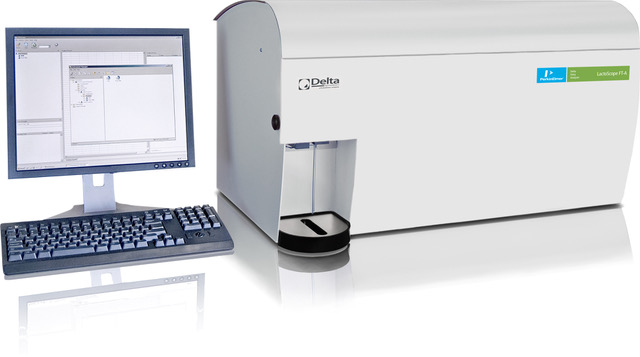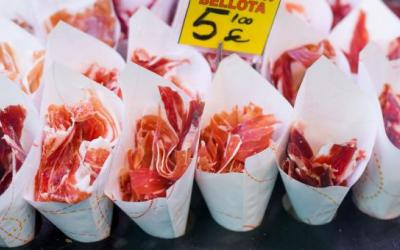Esparcet pen for goats as a recreational grazing

The experience of Swiss goat breeders can be useful in every farm
Infection with worms in goats is one of the main problems of goat breeding. Internal parasites cause HEALTH problems, reduce animal productivity and lead to economic losses.
The fight against internal parasites largely depends on the use of chemical anthelmintics and acaricides.
However, problems associated with the use of these commercial drugs, such as the development of resistance, the ever-increasing cost of drugs, the environmental toxicity of chemicals, and residues in products, are increasing interest in plant-based pest control.
Some types of pasture crops really help to reduce the parasitic load on the animal organism.
A promising option for combating internal parasites of goats is feeding with sainfoin.
Sainfoin is a leguminous plant with excellent nutritional value, which also contains specific secondary metabolites (condensed tannins) that have activity against parasites. In Switzerland, the integration of sainfoin (hay, silage) feeding into pest control systems is already well developed and widely used by goat farmers.
Typically, sainfoin is either grown as a monoculture in special health pens or offered as hay, silage, or pellets.
In a study by a group of scientists from Switzerland, not only the anthelmintic property was studied, but also how sainfoin affects the quality of MILK and milk yield of goats.
For the study, 12 lactating goats of the Alpine breed were used.
First, the animals received grass/clover hay for 15 days (grass clover feeding period, GCFP). The feed was then replaced with sainfoin hay (approximately 90% of the daily intake) for an additional 15 days (sainfoin feeding period, SFP).
Both foods were supplemented with concentrates to ensure isoproteic and isoenergetic nutrition throughout the trial.
Milk yield and milk quality (fat, protein, energy and urea) were determined for each goat on day 10 of the respective feeding periods.
The milk of animals from days 4 to 15 of the respective feeding periods (i.e. hay/grass, sainfoin) was processed into cheese.
As a result, no difference was found in milk yield between the GCFP and SFP periods (1.54 and 1.37 kg for GCFP and SFP, respectively, p = 0.17).
Sainfoin feeding was associated with significantly higher (P < 0.001) milk protein concentration compared to grass/clover feeding.
In addition, compared to GCFP, milk fat content was significantly lower in the SFP period (p<0.05).
The cheese yield was numerically higher for sainfoin, although the product differed in taste.
A sensory panel of experts rated the taste of cheese derived from "milk of sainfoin" as significantly different from "milk of grass/clover". However, both types of cheese are recognized as equally tasty.
In this study, organic sainfoin pellets were used, but grazing on grass is also beneficial.
Moderate levels of condensed tannins in the plant are thought to prevent bloating in addition to its anthelmintic properties. And since the plant is tall, when grazing, the animal raises its HEAD high and does not swallow worm larvae, which are usually closer to the ground - on grass no higher than 15 cm.
Read together with it:
- He crawled to the icon with prayer. The true story of a man who overcame drug addiction.Alexander Ovchinnikov. Topic News. Our project's hero was a drug addict for many years. The thought that this was a dead end never left him, but his addiction proved stronger. One day, when he could no longer walk, he crawled to an icon in prayer. This became his first step toward a new life. Today, he heads a charity center that helps those who have given up hope and are unable to quit ALCOHOL an...
- Колумбия: При экспорте скота сертификация и прослеживаемость больше не являются необязательнымиВысококачественное животноводство, особенно при экспорте, требует сертификации и прослеживаемости. Это необходимые условия для выхода и конкуренции на многих международных рынках, а также на некоторых всё более требовательных внутренних рынках. Колумбийское животноводство не является исключением из этих правил, и, хотя предстоит ещё многое сделать, всё большее число ферм и компаний внедряют эти ме...




























































